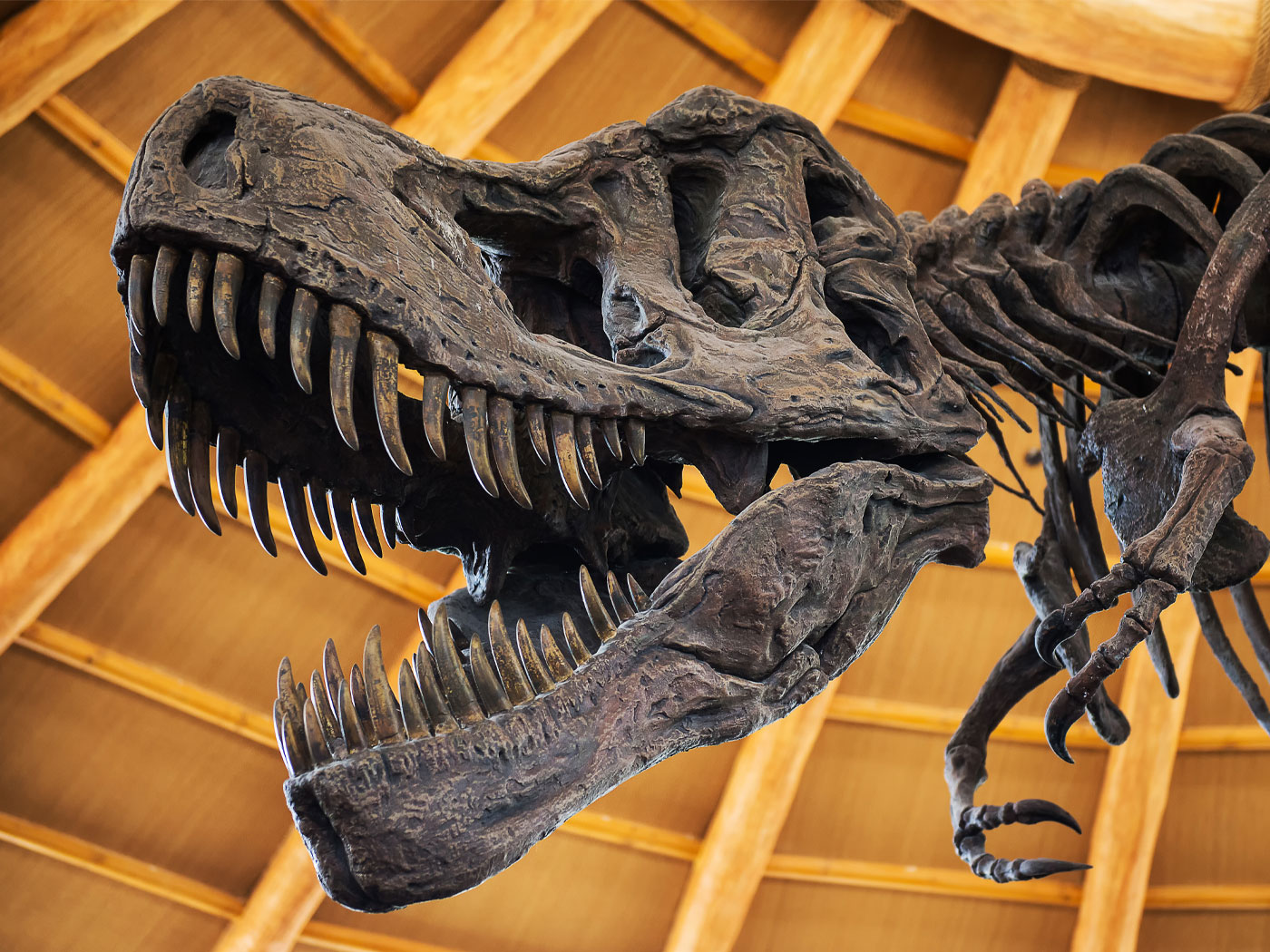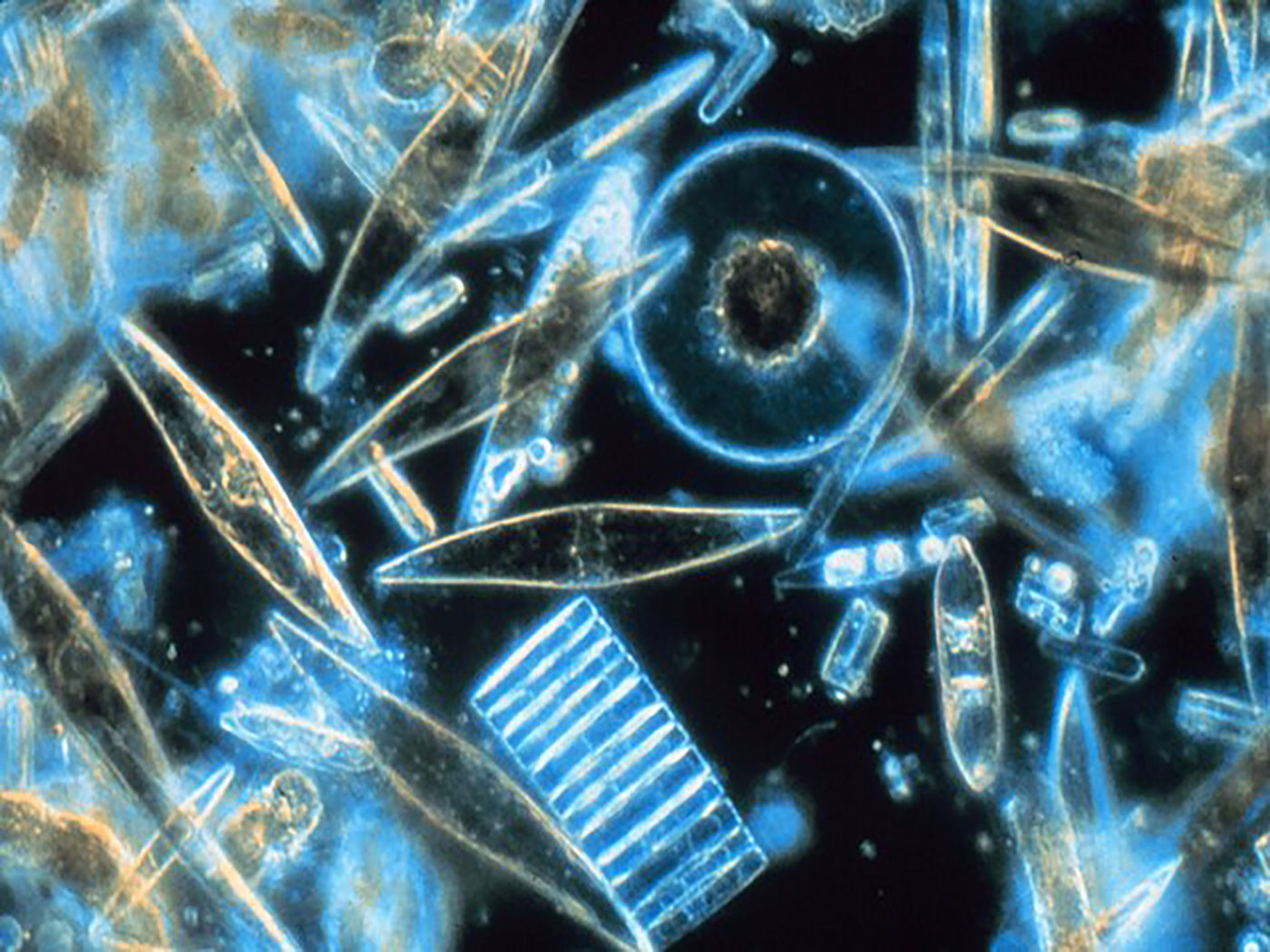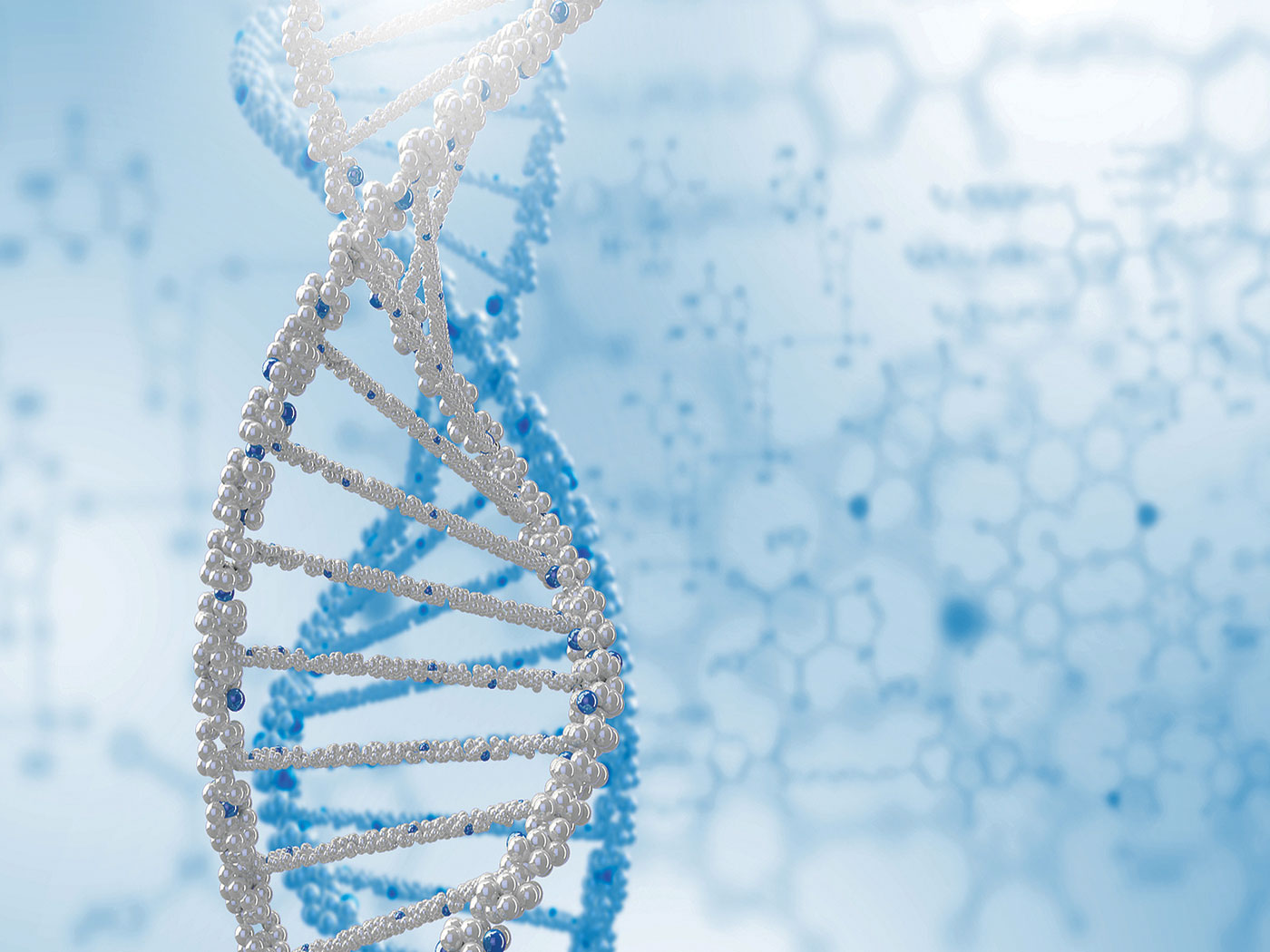Komodo dragons are the largest lizards in the world and a top predator on the remote Indonesian islands they inhabit. Their sensory system allows them to detect large prey, such as deer, over seven miles away. Although Komodo dragons are cold-blooded reptiles, they can rapidly increase their metabolism to near-mammalian levels for amazing bursts of speed and even long strenuous runs. Because of their highly venomous bites, all they need is one good chomp on their victim’s leg or foot and the poisoned prey will soon be the lizard’s lunch.
The Komodo dragon’s unusual traits have made scientists eager to sequence its DNA to see what sorts of genes it contains and how it compares to other creatures. This sequencing was discussed in a recent scientific publication.1
When the researchers compared the newly sequenced Komodo dragon genes that were common among reptiles, they found many startling traits specific to the Komodo dragon and many of these genetic novelties were associated with its remarkable mammal-like ability to exhibit high levels of sustained physical activity. Because the gene variations are unique to the Komodo dragon and very different from other reptiles, the genes were deemed to be the result of “positive selection”—a magic evolutionary phrase.2
A creature’s environment has no God-like ability to create new useful genetic information for complex multi-genic traits like those associated with complex metabolic functions. Evolutionists basically substitute the magic words “positive selection” or “natural selection” for something only an omnipotent God can do.
The researchers also used other magic words to explain their non-evolutionary findings as noted in this comment from a press interview in which they stated, “Our analysis showed that in Komodo dragons, many of the genes involved in how cells make and use energy had changed rapidly in ways that increase the lizard’s aerobic capacity.”2 In this case, the term “changed rapidly” means the genes were so different and unique that the idea of random mutational processes combined with the mystical paradigm of nature supposedly “selecting” for them could not account for the great differences observed.
It’s also highly noteworthy that the researchers reported actually throwing out data in their selection analysis where the variation was deemed “unreasonably high.”1 The data was actually manipulated to show less variability and, therefore, more in line with the evolutionary model. The stark reality is that these genes—specific to the Komodo dragon—were engineered to produce their unique God-given traits. No sign of evolution existed in the data even though the researchers cherry-picked it to favor evolution.
The bigger evolutionary (phylogenetic) analysis the researchers did comparing the Komodo dragon DNA to other reptiles, birds, and mammals also made no evolutionary sense—the patterns and groupings were totally different than predicted by standard evolutionary models. By all accounts, the data showed that Komodo dragons were created uniquely with their own specific God-given engineering.
References
1. Lind, A. L. et al. 2019. Genome of the Komodo dragon reveals adaptations in the cardiovascular and chemosensory systems of monitor lizards. Nature Ecology & Evolution. 3: 1241-1252. DOI: 10.1038/s41559-019-0945-8.
2. Guliuzza, R. 2010. Unmasking Evolution’s Magic Words. Acts & Facts. 39 (3): 10-11.
3. Gladstone Institutes. 2019. Komodo dragon genome reveals clues about its evolution. Phys.org Posted July 29, 2019. Accessed August 15, 2019.
Komodo Dragon Genome Bites Evolution
The Latest
November 2025 ICR Wallpaper
"Oh, give thanks to the LORD, for He is good! For His mercy endures forever." (Psalms 107:1 NKJV)
ICR's November 2025 wallpaper...
Dinosaur Blood Vessels
by Brian Thomas, Ph.D., and Frank Sherwin D.Sc,(Hon)*
Recently, the prestigious Royal Society published a fascinating paper regarding partial haemoglobin...
CREATION PODCAST
Dr. Brian Thomas | From Blindness to Belief | The Creation Podcast:...
ICR’s science staff have spent more than 50 years researching scientific evidence that confirms the Bible's...
Discover the Evidence that Exists for the Bible!
For generations, the Bible has faced skepticism and challenges to its credibility. Critics have questioned whether it is merely a collection of stories...
Creation Kids: Llamas and Alpacas
by Bethany Trimble and Susan Windsor*
You're never too young to be a creation scientist and explore our Creator's world. Kids, discover...
Dr. James J. S. Johnson Goes Home to the Lord
Dr. James J. S. Johnson, chief academic officer and associate professor of apologetics for ICR’s School of Biblical Apologetics (SOBA), joined...
Designed to Fill the Waters
Marine invertebrate animals (jellyfish, crabs, snails, etc.) thrive within our global ocean, the largest habitable space on Earth. Their adult...
Go to Sleep, Wake Up, and Christmas!
One of my favorite Christmas memories happened when my youngest son, who is autistic, first began to understand the excitement of this joyous holiday....
Pseudogenes Are Not Pseudo Anymore
Introduction
One of the past arguments for evidence of biological evolution in the genome has been the concept of pseudogenes. These DNA sequences...
How General Revelation Can Inform a Theory of Biological Design
Holiness! Omnipotence! Just exclaiming these attributes focuses our attention where it should rightfully go—to God. Another attribute often overlooked...



















